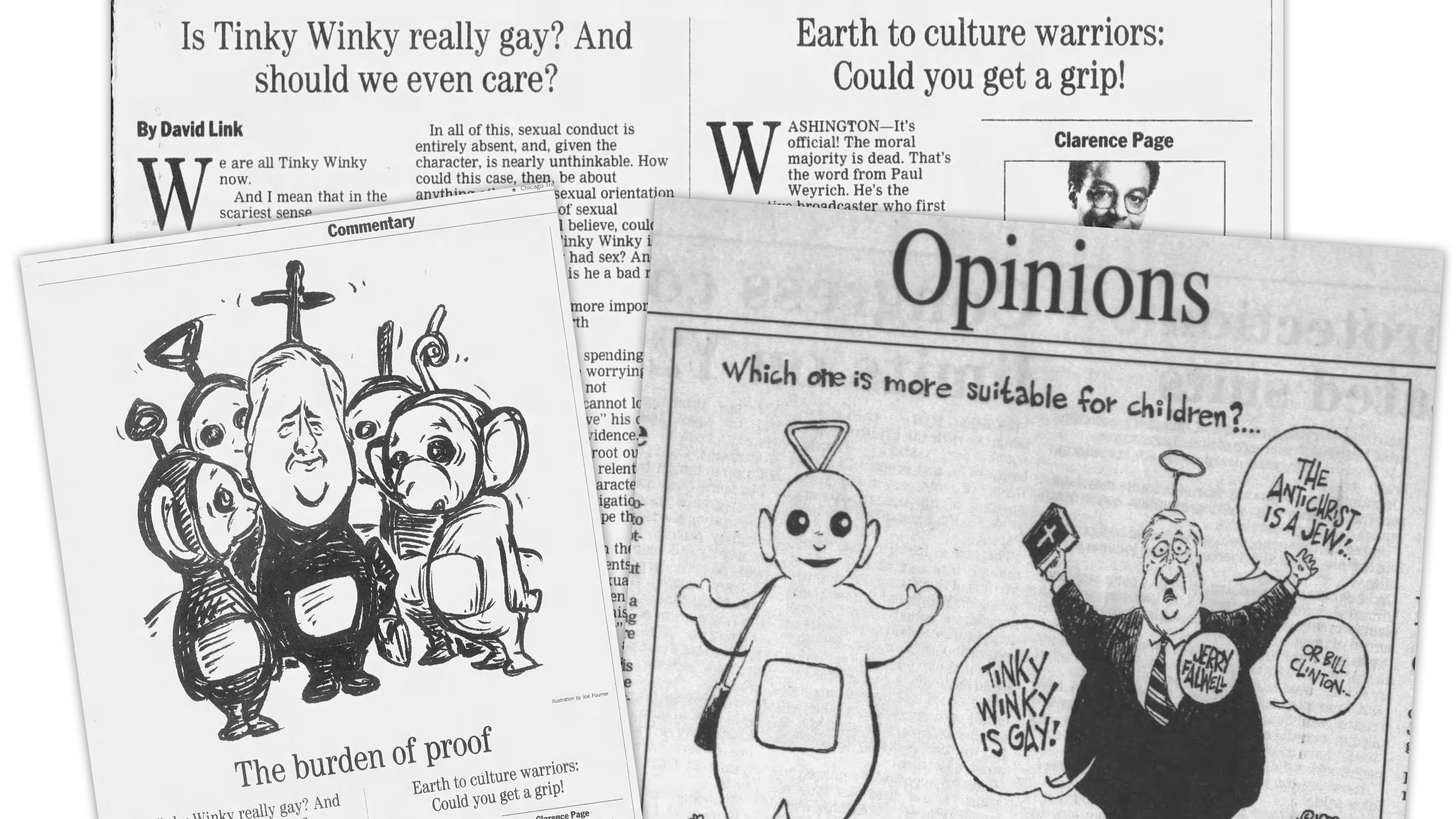The most shocking documentaries ever made and why you should see them

- There are many ways in which documentaries can shock or disturb us.
- Some films are about killers and cults, while others are about grave social injustice and corruption.
- A good documentary covers topics that should not be ignored or forgotten.
Documentaries can be just as scary as horror movies. Often, they’re even scarier because, unlike horror movies, the things you see on-screen actually happened. This is part of the appeal of true crime documentaries, though other types of films — from investigative journalism to the personal recollections of survivors of traumatic events — can have the same impact.
This article details several documentary films and explains what makes them so difficult to watch. While horror is often gratuitous, documentary filmmaking is anything but. Indeed, many disturbing documentaries are worth watching because they confront viewers with issues that cannot be ignored, like social injustice, or events that should not be forgotten, like the Holocaust.
Aileen Wuornos: The Selling of a Serial Killer
Interest in true crime is at an all-time high, and there are tons of engaging documentaries to choose from. Abducted in Plain Sight (Netflix) is about a young boy who gets kidnapped by a family friend. Conversations with a Killer (also Netflix) offers a detailed account of the life and crimes of Ted Bundy. Leaving Neverland (HBO) investigates the question of what really happened at Michael Jackson’s ranch.
Although the list is endless, critical consensus places one true crime documentary above all others. Aileen Wuornos: The Selling of a Serial Killer, released in 1992, follows the imprisonment, persecution, and sentencing of a prostitute accused of several murders. The documentary frames Wuornos as a killer as well as a victim of unfortunate circumstances — and it is all the more chilling for it.
The Most Hated Family in America
Almost as popular as documentaries about individual serial killers are documentaries about cults. Famous is Going Clear: Scientology and the Prison of Belief, which looks inside one of the largest (and richest) cults in the world. Topical is Vice’s QAnon: The Search for Q, about the network of far-right conspiracy theorists that may well determine the future of America.
Unsurpassed is The Most Hated Family in America, made by journalist Louis Theroux. Rather than covering the Westboro Baptist Church from a distance, Theroux joins the family, attending sermons from founder Fred Phelps and planting hate speech-filled billboards by the road. Theroux’s participation and non-judgmental questioning even help one young church member escape.
Let it Fall: Los Angeles 1982-1992
Slightly more niche, though no less gripping, are documentaries that center on social injustices, conflicts between social groups, and failures of civil government. These include the 1975 film Welfare, which looked at the bureaucratic mess responsible for offering housing assistance and unemployment benefits. An even older film, Titicut Follies, looks at the inhumane conditions inside insane asylums.
A recent documentary titled Let It Fall: Los Angeles 1982-1992, put together by 12 Years a Slave screenwriter John Ridley, traces the sparks that ignited the terrible LA riots of 1992. While watching the tragedy of Ridley’s film unfold, viewers invariably will wonder how a city as internally divided as Los Angeles could ever have survived this period of civil unrest.
Life of Crime
How ethical is the practice of documentary filmmaking? This is a question that viewers frequently will ask themselves while watching Life of Crime, a documentary in which the director, Jon Alpert, stands by while filming his subjects — three heroin addicts from the suburbs of New Jersey — rob corner stores, narrowly survive overdoses, and threaten to beat their spouses.
Alpert is known for his unflinching realism. His film Cuba and the Cameraman, now on Netflix, shows us how the lives of ordinary Cubans changed under Castro. Prospective social reforms gave way to recession when the USSR collapsed. Doctors and engineers, previously in government service, had to sell trinkets to tourists to survive. Like Life of Crime, it depicts individual suffering filmed through a collective lens.
Shoah
Documentaries, and films in general, can be useful tools for helping people understand and process the seemingly nonsensical brutality of history. As scholars from every discipline struggle to rationalize the origins of Nazism, Shoah director Claude Lanzmann interviews the survivors, witnesses, and perpetrators of the Holocaust.
Shoah is as insightful as any academic study, and for this reason, it is often shown in college courses. Other documentaries that shed light on some of history’s darkest chapters include They Shall Not Grow Old, in which Peter Jackson restores footage from World War I, and Persepolis, an animated movie about a girl growing up during the Iranian Revolution.
Man on Wire
Ending on a lighter, though nonetheless shocking note, is Man on Wire, which is difficult to watch not because it covers a tragic or gruesome subject, but because it exploits a common phobia: fear of heights. If you were getting sweaty watching Alex Honnold scale El Capitan, try watching the French tightrope walker Philippe Petit perform an (illegal) high wire walk between the Twin Towers in 1974.
Both Man on Wire and Free Solo move beyond mere spectacle by asking why their protagonists are willing and able to confront death. Free Solo peeks into Honnold’s brain, finding anomalies in his amygdala. Man on Wire does not give us a definitive answer. Instead, the documentary ruminates on the poetic beauty of Petit’s unprecedented stunt.





